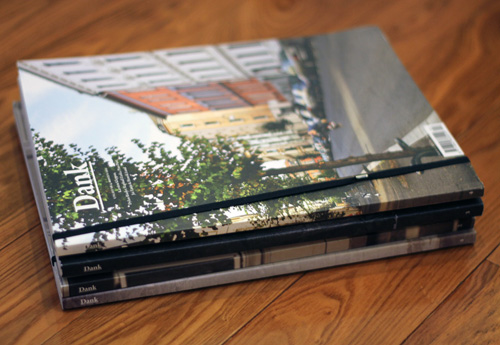
We spoke with Eirik Traavik, editor-in-chief of Dank magazine, an awesome bi-annual mag based out of Oslo, Norway. Dank is one of the most all-around unique skate publications we have come across — it’s closer to something you would see on the rack at McNally Jackson for $25 than a crumpled up Thrasher at your local shop. Eirik talks about the idea of a “grown up” skate magazine, independently running a print operation in the iPhone and Hella Clips era, and the future of mags in general.
What is the skate scene in Norway like? What mags do you guys read up there?
The skate scene in Norway is small and relatively fragmented. You have multiple cliques in every city, and smaller scenes in the countryside. Parks are popping up everywhere, so it seems like more and more kids are getting into skating. You can only skate street for about six months a year, so Norwegian skateboarding has traditionally been presented in parts of mags also devoted to snowboarding and/or surfing. When it comes to print, people are generally into Thrasher and The Skateboard Mag. You’ll occasionally see copies of Transworld. Print seems to be losing ground a bit, I guess most kids are more into instant gratification through Hella Clips and Skatevideosite.
Most countries in Europe have their own mags. I think the geographically closest influential magazine is Fluff from Holland. Scandinavia doesn’t have many interesting print publications. I usually pay attention to Grey, Anzeige, Kingpin and Soma.
A lot of print publications are folding or becoming online only. The magazines that do remain have big websites to back them up. You guys are four issues into Dank and don’t have much of an internet presence. What made you want to start a magazine when all signs seem pointed against printed skate mags?
The decision was based on nostalgia and personal preference when it comes to presentation of skateboarding, especially photography. We’ve all grown up with physical formats, and would hate to see good mags disappear completely. Dank is an argument in favor of slowing the pace down a bit. I can only speak for myself, but I feel completely numbed by the constant online flow of footage, ads, photos and montages. It doesn’t sink in. I think print offers an opportunity to really let photos and interviews sink in. Whenever I’m on Slap and come across something interesting, I’ll usually be looking at it with at least five other tabs open. Dank doesn’t have a big internet presence, true, but it is a product of the internet. It’s a printed mag that takes the consequences of the proliferation of quicker media outlets into consideration. We don’t run stories that are shorter than four pages, we come out only twice a year, and the materials are chosen to make the mag feel more like a book.
Dank is printed on heavy matte paper with a separate translation booklet included inside. The covers have pictures of wallrides and flatground tricks that are far away from the “hammers” that are on covers nowadays. The art direction seems to be a bit more in tune with capturing a specific aesthetic than just showcasing tricks. Some articles even have footnotes. The mag seems very “grown up” and mature, why’d you decide to go on this route and do you think there is a big enough audience to consume this sort of “grown up” skate media today?
All the content and design choices are results of us setting out to make a mag that breaks with the conventions of the genre. I think the focus on aesthetics as opposed to gnar factor is a natural consequence of how irrelevant being really, really good has become. Not to say that it doesn’t matter, but I think that with the level of skating being where it is currently at, style, innovation and x-factors have more say than ever. Mickey Papa just put out one of the best parts ever trick-wise, but I found the Adidas NYC clip a lot more interesting. There are so many examples of fucking amazing skaters being completely irrelevant due to their unbearable dullness.
The particular view of skating showcased in Dank also exemplifies what skateboarding means to most people. David Gonzales is gnarly, but how many people can really relate to triple kink 5050s down who knows how many stairs? I’m a skate nerd, but I can’t relate to stuff like that. Most people can’t. I appreciate it, but it has nothing to do with what skating is to people with normal skill levels. Dank attempts to take things down a notch and present a different, more accessible take on skating. I guess it’s somewhat comparable to the homie vid vibe of Bronze 56k and similar projects.
The footnotes are there mainly because we’ve all been heavily steeped in higher education over the last few years, so it felt like a nice and practical way to incorporate information that would otherwise have been hard to weave into the main texts. I was reading David Foster Wallace when we made the first issue, so he influenced the decision to use them as well. As far as a market for mature skate mags is concerned, time will tell. I think we have a nice balance of “mature” and more accessible content, so I’m not sure that we have that much of a clear cut reader demographic. If kids are into what we’re doing, that’s great.
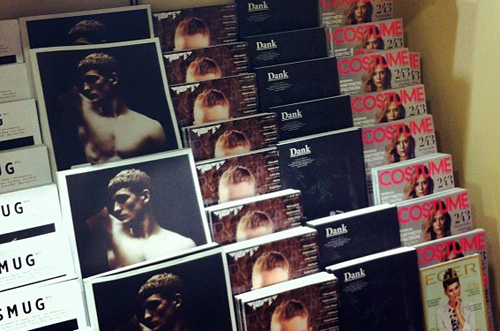
The art direction, photography and paper seems reminiscent of art and fashion magazines more than any skate mag I have come across. Do you draw inspiration from things outside of skateboarding in coming up with the mag’s overall aesthetic?
Definitely. There are a handful of Euro mags that consciously diverge from the general skate mag aesthetic, but I think we are one of the mags most openly influenced by non-skate media. We are all into a kind of minimal, no bullshit Scandinavian aesthetic, which sounds really cheesy, but it’s the case. Less is more. Jørn, our art director, is into mags like Inventory, Purple, Apartamento and Acne Paper. To look outside skating for inspiration has been a conscious choice since the day we started talking about making something. A lot of skate media has become formulaic and stagnant. Not saying that we’re reinventing the wheel or anything, but we’re trying to bring something new to the table. We could never have done that if we were to limit ourselves to input from skateboarding.
The materials are chosen to emphasize the advantages print have over digital media. We are really obsessive about materials. If you’re printing on shit materials, you’re not making a strong argument for physical media formats. The product should feel nice and heavy, and ideally have a good smell.
Do you do the mag full time or do you subsidize it with other work?
No, unfortunately that would never work financially. We started Dank while we were all in university and working, so the Norwegian student loan fund kept us afloat for a while. We started the magazine from scratch, with no start-up capital whatsoever, so things are still pretty hand to mouth. We’re not losing any money on it though, which is always nice.
I freelance as a journalist, Jørn works as a graphic designer for a studio called Yokoland, and Aksel works at an elementary school while he’s looking for work relevant to his master’s.
There seems to be a balance between things you cover. Some are very regional and others are accessible to anyone, like the Jake Johnson, Muska and Dylan Reider interviews. What is the editorial process for getting an issue together?
We usually play it by ear. We have a set line-up of three main profiles, out of which one is usually an international name. Other than that, we just feature whatever we think is interesting at the moment. We also try to interview people with a background in skateboarding who do interesting things, but aren’t necessarily active anymore.
Dank was founded by Aksel Overskott, Jørn Aagaard and myself. We make all decisions and run the mag on a daily basis, but we get a lot of invaluable help from friends and contributors around the world.
What are your favorite pieces from Dank‘s first four issues?
Drinking coffee with Jake Johnson in Antwerp [in] September 2011 was really interesting. He’s very opinionated and a really nice guy. We also ran a long interview with Pontus Alv in our first issue. I think that was one of the first times he mentioned that he wanted to start a board company of his own, so that was cool. Meeting the Muska was also really sick, we tried to contact him for weeks and ended up running into him randomly in Brooklyn when we were in New York for a skate trip. He was tripping out on that: “This was meant to be, man!”
How has the response been abroad? Do you have distribution outside of Norway?
The response has been good, we’ve been lucky with blogs and blurbs from people like Greg Hunt, so we’ve gotten a lot more exposure than we initially hoped for. We’re currently distributed in the UK, Japan and Sweden. We’re also available through shops in Australia, Germany, Denmark, Singapore and South Korea. Josh Stewart has been pushing copies for us in the U.S. through Theories of Atlantis for about a year now, which we’re really psyched on. Thanks, Josh! We’re actually doing better abroad than we are at home, which is kind of odd, but we’re a pretty narrow magazine with bigger potential in countries with more diverse scenes.
Where do you see the future in skate publications, both from your personal standpoint and at large? Skate companies spend a lot of money on advertising. I’ve sometimes thought about what would happen if print continues its current trajectory and there are less mags for companies to advertise in. Where would that money end up going? You guys attract some American companies, have you considered this dilemma at all?
There will always be room for print, but the current trajectory will mean that a lot of lesser-quality publications will fall off. That could be a good thing for mags like Dank, but it could also mean that printed skateboard media becomes marginalized to the point where most companies will choose to advertise online only. We are completely reliant on American companies and their Euro divisions to make ends meet, so excluding companies that are not from the North European scene wouldn’t really make much sense. We have a positive outlook, but we are playing it by ear at this point. We’ll continue to make Dank as long as its fun.
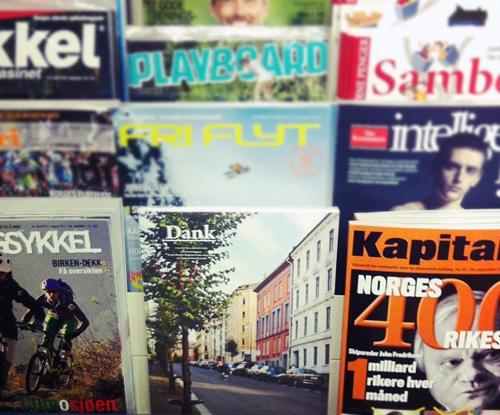
Dank is available in the U.S. through Theories of Atlantis. Visit DankMag.com to subscribe to their mailing list or follow them on Facebook and Twitter for the latest updates.

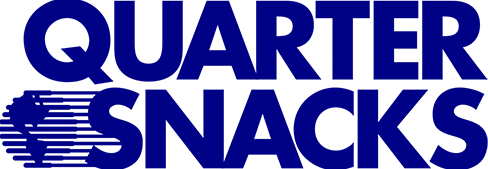




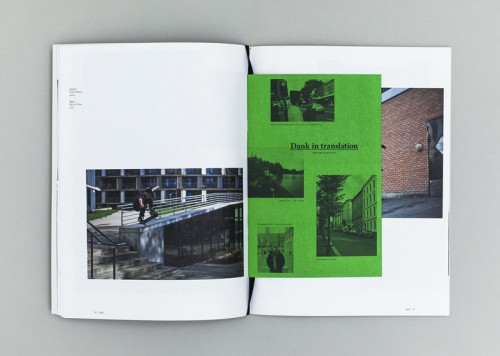
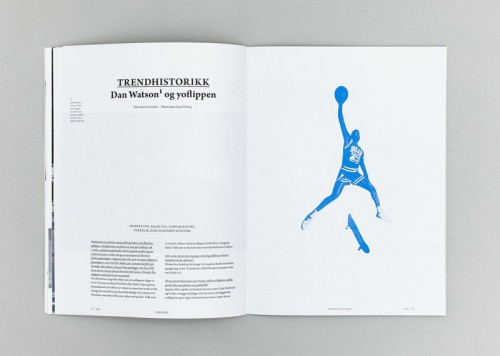

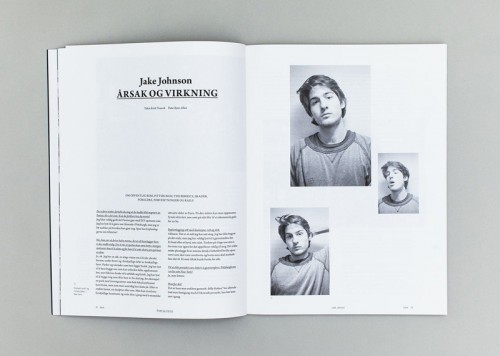
fav skate site. fav skate mag.
dangmag.com